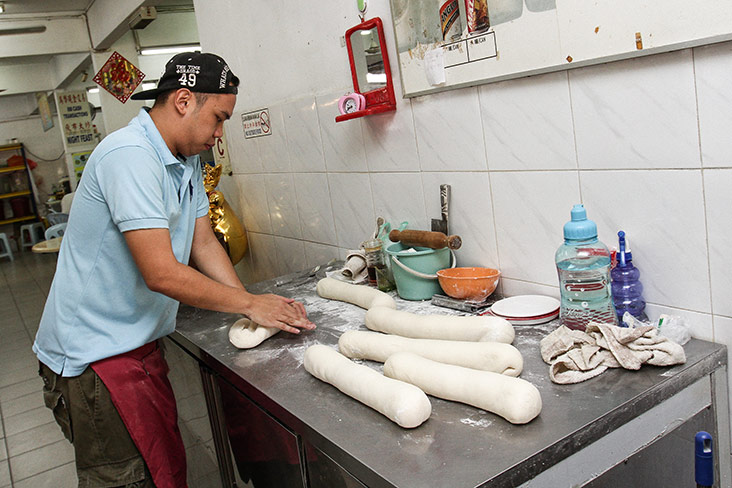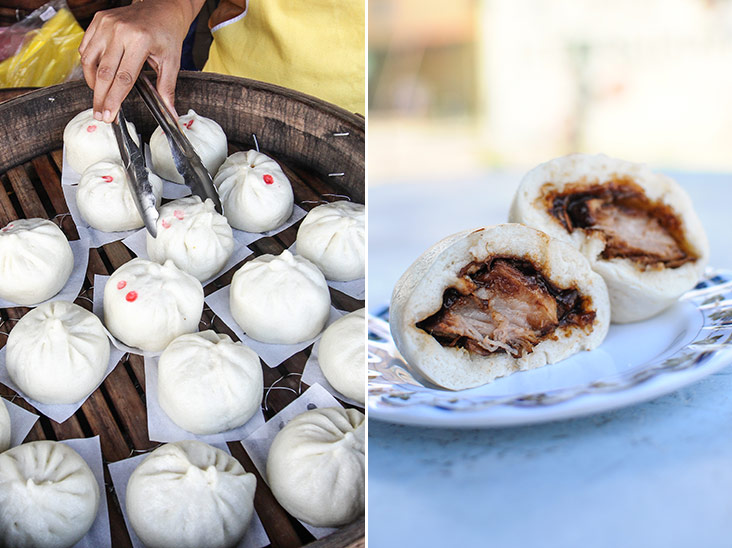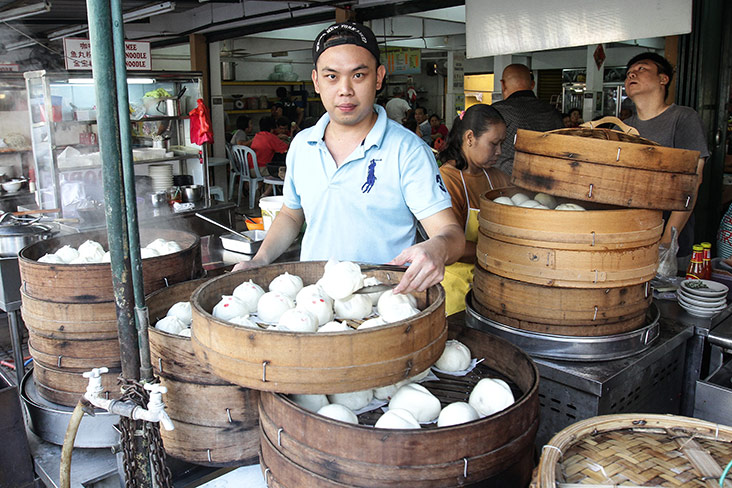SUBANG JAYA, Sept 2 — Good pau is hard to come by. Especially hand-made ones. This place in USJ6, which makes its steamed buns by hand, is a gem.
It’s an off-shoot of New Taste Paradise in Bercham, Ipoh which has been drawing customers with their rustic hand-made or sau kung pau for the last 30 years.
Originally a home-based business, it has expanded to become a proper restaurant that also serves noodles and economy rice.

Opened for six years in Subang Jaya, this place is run by the founder’s daughter, Yeow Cok Fong and their long-time apprentice, Ng Seng Foo.
This coffeeshop, located at the Goodyear Court 2 flats, is a good fit for them as their hand-made goods have created an appreciative customer-base from among the residents.
Machine-made pau is a dime a dozen. The difference in taste and texture is significant — the ones made by hand have an off-white colour, are not perfectly shaped but the skin has a delightful, not overly fluffy texture with a slight bite.
Moreover, when you bite into a hand-made pau, the skin does not stick to your teeth.

Here, they serve a total of 13 varieties of steamed buns. Popular savoury fillings are their char siew, mui choy and nam yu pork. Unusual flavours include chicken curry and kung po chicken, inspired by the spicy dish served in restaurants with dried chillies.
The sweet versions include the classic red bean, lotus paste and custard. They also serve a kaya pau where they cook the filling themselves.

Some of the items like red bean and lotus pastes are brought down from Ipoh since it is made in bulk over there.
Go for their char siew pau. What sets this bestseller apart from the others... a juicy, generous pork filling with a very distinct fragrance of wine. Ng tells us that Shao Xing rice wine and yellow glutinous rice wine lees are added.
The glutinous rice wine is a nod towards the family’s Hakka heritage. Even the filling is a nice balance of chopped meats and fats. Don’t be surprised, if you end up eating a few buns in one sitting. That’s what we did!


The mui choy pau is also highly sought after. Limited quantities are made daily. Originally, it wasn’t too well received when it was first introduced.
After a few tweaks, it was reintroduced and it has been a runaway success, especially with the older folks. Unlike other spots, the mui choy is moist with a hint of rice wine aroma, mixed with a little minced meat.
You also have their nam yu pork pau, another addictive bite. Inspired by the Hakka kaw yoke dish, you get thick chunks of pork belly accompanied with a brownish sauce flavoured with nam yue or fermented bean curd.

As everything is prepared on the spot, the steamed buns are incredibly fresh. From 6am onwards, you’ll see either Ng or Yeow deftly making the buns. Ng who is now 27 years old, started working for the Yeoh family back when he was 14. It was only after three years that he was allowed to make the steamed buns.
The dough is prepared in batches while the fillings are made a day ahead. Once the buns are shaped, it’s left for 30 to 45 minutes to allow it to proof further.
When ready, the buns will be steamed for 10 to 15 minutes. Usually they stop making the buns by 11am.
If you don’t want to miss out on the steamed buns, especially if you want large quantities to haul home, Ng recommends that orders are placed ahead. As limited quantities of fillings are made each day, it’s hard for them to cope with a huge influx of orders.

Once you have scored your pau, relish them at home. Since no preservatives are used, store them in the freezer and steam the buns when you want to eat them.
We warn you that it will be hard to resist reaching out for one more steamed bun... until they are all gone!






















